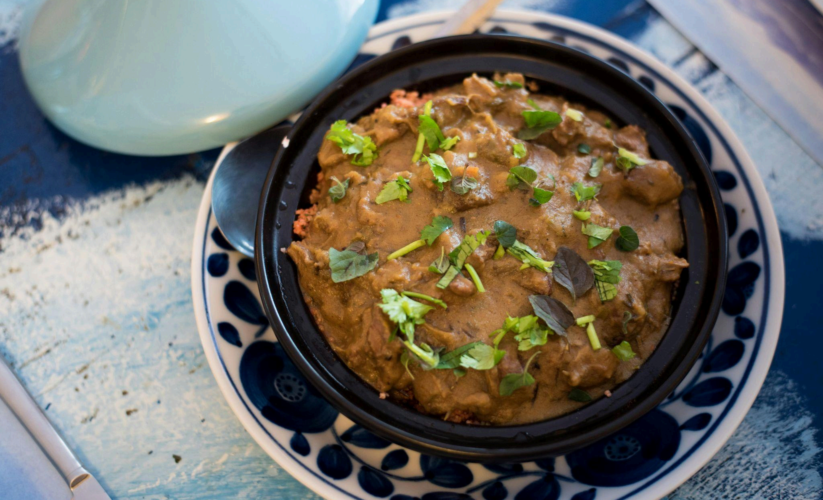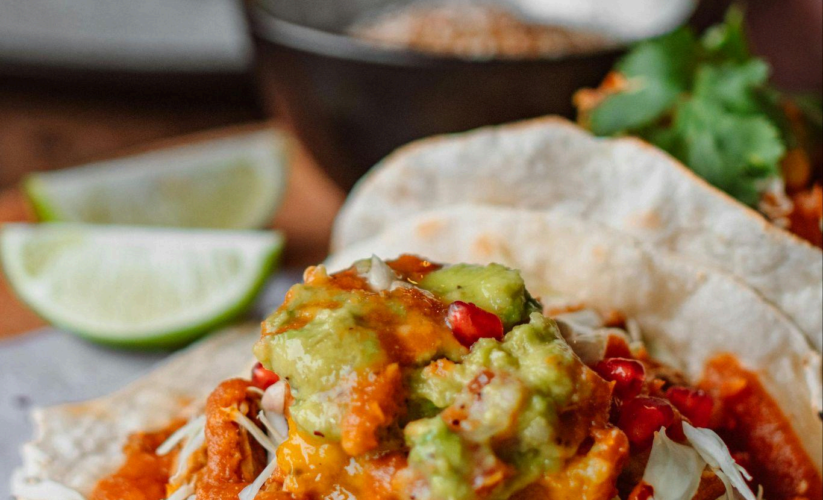
Thai Basil Chicken (Pad Krapow Gai)
Introduction
Thai Basil Chicken, or Pad Krapow Gai, is a staple dish in Thai cuisine—famous for its bold
flavors and enticing aroma. This quick stir-fry features tender, bite-sized chicken pieces cooked
with garlic, chilies, and the star ingredient: Thai holy basil (bai krapow). The resulting dish is
savory, aromatic, and spicy enough to keep you returning for more. Finished with a sweet and
salty sauce, Thai Basil Chicken is often served over steamed jasmine rice with a fried egg,
making it a perfect weeknight meal that’s simple to prepare yet bursting with flavor.
Though it’s traditionally spicy, you can easily adjust the heat to your preference. The key is
balancing salty fish sauce, a bit of sugar or sweet soy sauce, fresh garlic, and vibrant basil.
Whether you’re new to Thai cooking or a seasoned lover of Southeast Asian cuisine, this dish
offers a taste of Thailand’s bustling street-food scene right in your kitchen.
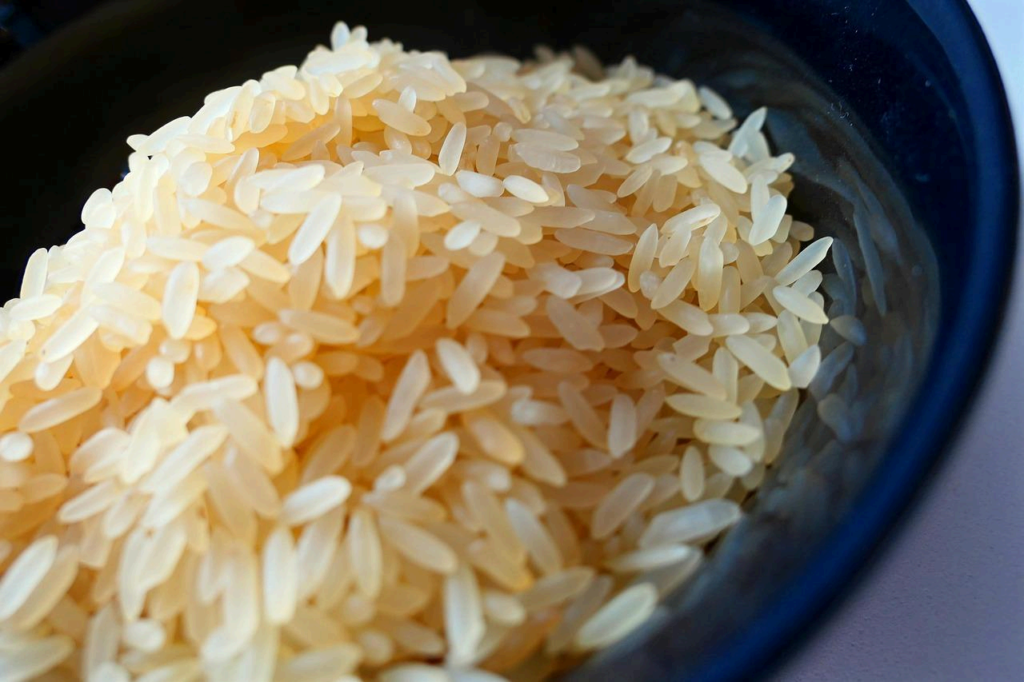
Why You’ll Love This Recipe
1. Quick & Easy: The stir-fry method means minimal cooking time, making it an ideal meal
for busy nights.
2. Authentic Taste: The combination of fish sauce, Thai chilies, and holy basil gives this
dish a genuine flavor that closely mirrors the original version found in Thailand.
3. Customizable Heat: Tame the spice level by reducing the chilies, or ramp it up if you
crave more heat.
4. One-Pan Wonder: Everything comes together in a single wok or skillet, simplifying
cleanup.
5. Balanced Flavor Profile: Salty, spicy, slightly sweet, and incredibly fragrant—this recipe
has it all.
Ingredients
Main Components
● 1 pound (450g) boneless, skinless chicken thighs or breasts, cut into small pieces
● 2 tablespoons vegetable oil (or another neutral oil, such as canola)
● 4–5 cloves garlic, finely chopped
● 2–3 Thai chilies, finely chopped (adjust to taste; you can substitute with serrano
peppers for milder heat)● 1 cup Thai holy basil leaves (roughly 25–30 leaves), washed and patted dry
Sauce Mixture
● 1 tablespoon fish sauce (adjust to taste)
● 1 tablespoon oyster sauce
● 1 tablespoon soy sauce
● 1 teaspoon dark sweet soy sauce (or 1 teaspoon brown sugar if you don’t have sweet
soy sauce)
● ½ teaspoon sugar (optional, adjust based on sweetness preference)
Optional Toppings & Sides
● Fried egg: A classic way to top Thai Basil Chicken
● Steamed jasmine rice: Ideal for soaking up the sauce
● Sliced cucumbers: A refreshing side to cool down the spice
● Extra chilies: Thinly sliced, for garnish
Step-by-Step Instructions
Step 1: Prep Your Ingredients
1. Chop the Chicken
Rinse and pat dry the chicken thighs or breasts, then cut them into small, bite-sized
pieces. Smaller pieces cook faster and absorb the stir-fry sauce better.
2. Garlic & Chilies
Peel and finely chop the garlic cloves. Then, finely chop the Thai chilies. If you prefer
less heat, remove the seeds and membranes from the chilies before chopping.
3. Measure the Sauce Ingredients
In a small bowl, combine fish sauce, oyster sauce, soy sauce, dark sweet soy sauce (or
brown sugar), and an optional ½ teaspoon of sugar. Stir to dissolve the sugar.
4. Basil Leaves
Pick the basil leaves from the stems and wash them. Pat them dry gently with paper
towels or a clean kitchen cloth.
Step 2: Stir-Fry the Aromatics
1. Heat the Oil
In a wok or large skillet, heat 2 tablespoons of vegetable oil over medium-high heat.
2. Add Garlic & Chilies
Once the oil is hot, add the chopped garlic and chilies. Stir quickly for about 30 secondsto release their aroma. Be cautious, as garlic can burn easily. If it starts browning too
fast, reduce the heat.
3. Conversation Tip
Some cooks prefer using a mortar and pestle to crush the garlic and chilies together,
releasing even more flavor. Feel free to try this approach if you have one.
Step 3: Cook the Chicken
1. Increase Heat
Turn the heat up to high and add the chopped chicken to the wok.
2. Spread It Out
Distribute the chicken pieces in a single layer so they sear evenly. Cook for about 2
minutes before stirring.
3. Stir & Break Up
Stir-fry the chicken, breaking up any lumps. The chicken should begin to change color
and brown slightly on the edges, about 3–4 minutes total (depending on the size of the
pieces).
4. Conversation Tip
Using chicken thighs often yields a juicier result, but if you prefer leaner cuts, breasts
work just fine. Just be mindful of the cooking time to avoid dryness.
Step 4: Add the Sauce
1. Pour in the Sauce Mixture
Reduce the heat to medium-high and drizzle the sauce evenly over the chicken. Stir-fry
to coat each piece.
2. Cook Down
Let the sauce bubble and thicken for about 1–2 minutes, ensuring the chicken is fully
cooked through.
3. Taste & Adjust
Sample a piece of chicken with the sauce. Adjust seasoning with extra fish sauce (for
saltiness), sugar (for sweetness), or chilies (for heat).
Step 5: Add the Basil
1. Toss in Basil Leaves
Turn off the heat (or reduce it to the lowest setting). Add the Thai holy basil leaves to the
pan.2. Fold Gently
Stir the basil leaves into the chicken until they wilt, releasing their signature aroma. This
usually takes about 15–30 seconds.
3. Conversation Tip
Thai holy basil (bai krapow) has a peppery, anise-like flavor that distinguishes it from
sweet basil. If you can’t find holy basil, you can use Thai sweet basil or regular Italian
basil in a pinch, though the taste won’t be the same.
Serving Suggestions
● With Rice: Serve your Thai Basil Chicken over a bed of hot jasmine rice for a classic
presentation.
● Fried Egg: A runny fried egg on top is a traditional addition, known as kai dao in Thai.
The richness of the yolk helps mellow out the spice.
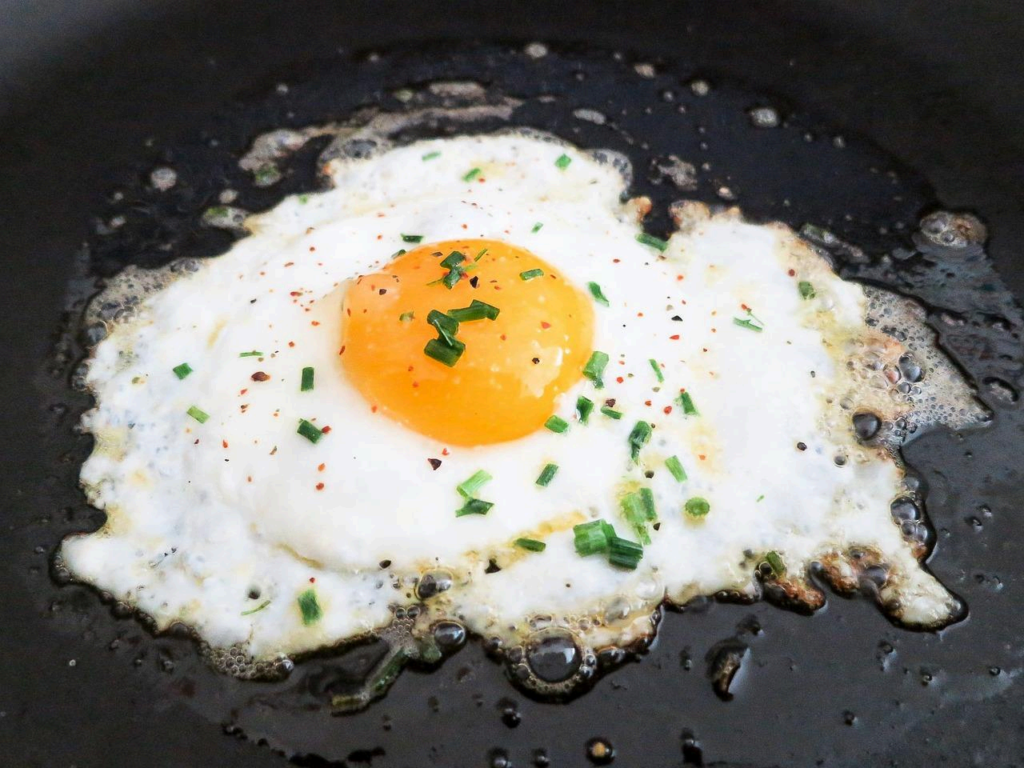
● Fresh Salad: Balance the savory intensity of the dish with a crisp cucumber or papaya
salad on the side.
● Garnishes: Top with extra sliced chilies, a lime wedge, or a sprinkling of fried shallots for
crunch.
Meal Prep & Storage Tips
1. Prep in Advance
You can pre-cut the chicken, chop the garlic and chilies, and measure out the sauce the
night before. Store them separately in airtight containers in the fridge.
2. Cooking in Batches
If you’re doubling or tripling the recipe, cook the chicken in batches to avoid
overcrowding the pan, which can cause the chicken to steam instead of stir-fry.
3. Refrigerate Leftovers
Cool any remaining chicken to room temperature before transferring it to a sealed
container. Store in the refrigerator for up to 3 days.
4. Reheat Gently
Warm leftovers in a wok or skillet over medium heat, adding a splash of water or chicken
broth if the sauce thickened too much in the fridge. The basil will lose some vibrancy, but
the flavors remain robust.
Variations & Substitutions
1. Proteins○ Ground Chicken: Swap chopped chicken for ground chicken to create a more
street-style version.
○ Pork or Beef: Ground pork or thinly sliced beef also work well with this sauce
and technique.
○ Seafood: Shrimp or squid can be stir-fried similarly, though the cooking time will
differ.
2. Vegetarian Option
○ Tofu: Firm tofu cubes or crumbled tofu can replace the chicken, with the same
sauce ingredients.
○ Tempeh or Mushrooms: Thinly sliced mushrooms (like shiitake) or tempeh add
an earthy note.
3. Sweetness & Spice
○ Coconut Sugar or Palm Sugar: For a more authentic Thai sweetness,
substitute refined sugar with these unrefined options.
○ Extra Spice: Add more Thai chilies or a dash of chili oil if you love intense heat.
4. Sodium Content
○ Low-Sodium Soy Sauce: If you’re watching your salt intake, opt for a
low-sodium version.
○ Fish Sauce Alternatives: Use a reduced-sodium fish sauce or half the amount
to reduce saltiness.
Common Questions
Q: Can I make this dish less spicy?
A: Certainly. Decrease or omit the Thai chilies, and rely on the aromatic flavors of garlic and
basil. You can also choose a milder pepper variety.
Q: Why does my dish not taste like the one I had in Thailand?
A: Access to authentic Thai ingredients, especially holy basil, impacts the flavor. Using sweet
basil or Italian basil changes the taste profile. For a closer match, use Thai holy basil and
authentic fish sauce, such as those from well-known Thai brands.
Q: How can I get that signature wok aroma at home?
A: A hot wok is key. If possible, use a gas burner for high heat and cook in small batches. This
helps replicate the smoky sear common in Thai street cooking.
Q: Do I need special equipment to cook Thai Basil Chicken?
A: A wok is traditional, but any large skillet or frying pan with good heat conductivity will work.
Just ensure it’s large enough for the chicken and sauce to move around without overcrowding.
Q: Can I use regular basil if I can’t find Thai holy basil?
A: Yes, though the flavor will differ. Sweet basil or even Italian basil can be used in a pinch.
You’ll still get a delicious result, but the peppery kick of holy basil will be missing.
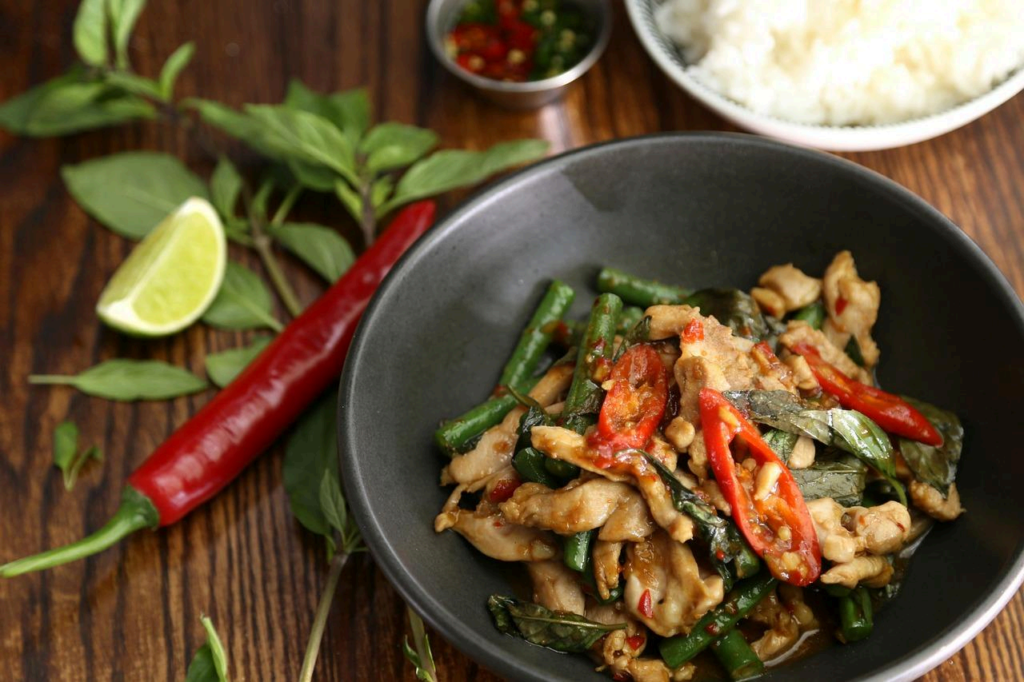
Conclusion
Thai Basil Chicken (Pad Krapow Gai) is the perfect dish to showcase the balance of flavors that
Thai cuisine is renowned for—heat from the chilies, umami from the fish sauce, slight sweetness
from sugar, and herbaceous depth from the holy basil. Despite its impressive flavor profile, this
stir-fry comes together quickly, using only a handful of ingredients. Whether you’re feeding a
crowd or just craving a satisfying meal on a hectic weekday, Thai Basil Chicken delivers a
memorable dining experience without demanding extensive time or technique.
Serve it with a steaming bowl of jasmine rice and a fried egg to elevate your homemade Thai
feast. Add a crisp cucumber salad on the side to bring freshness that balances the spiciness.
Once you master this classic, don’t hesitate to experiment with different proteins or vegetable
combinations. Each iteration will help you appreciate just how versatile—and downright
addictive—this dish can be.
So gather your wok, prep your fresh basil, and get ready to savor the sizzling, fragrant joy that is
Thai Basil Chicken!

